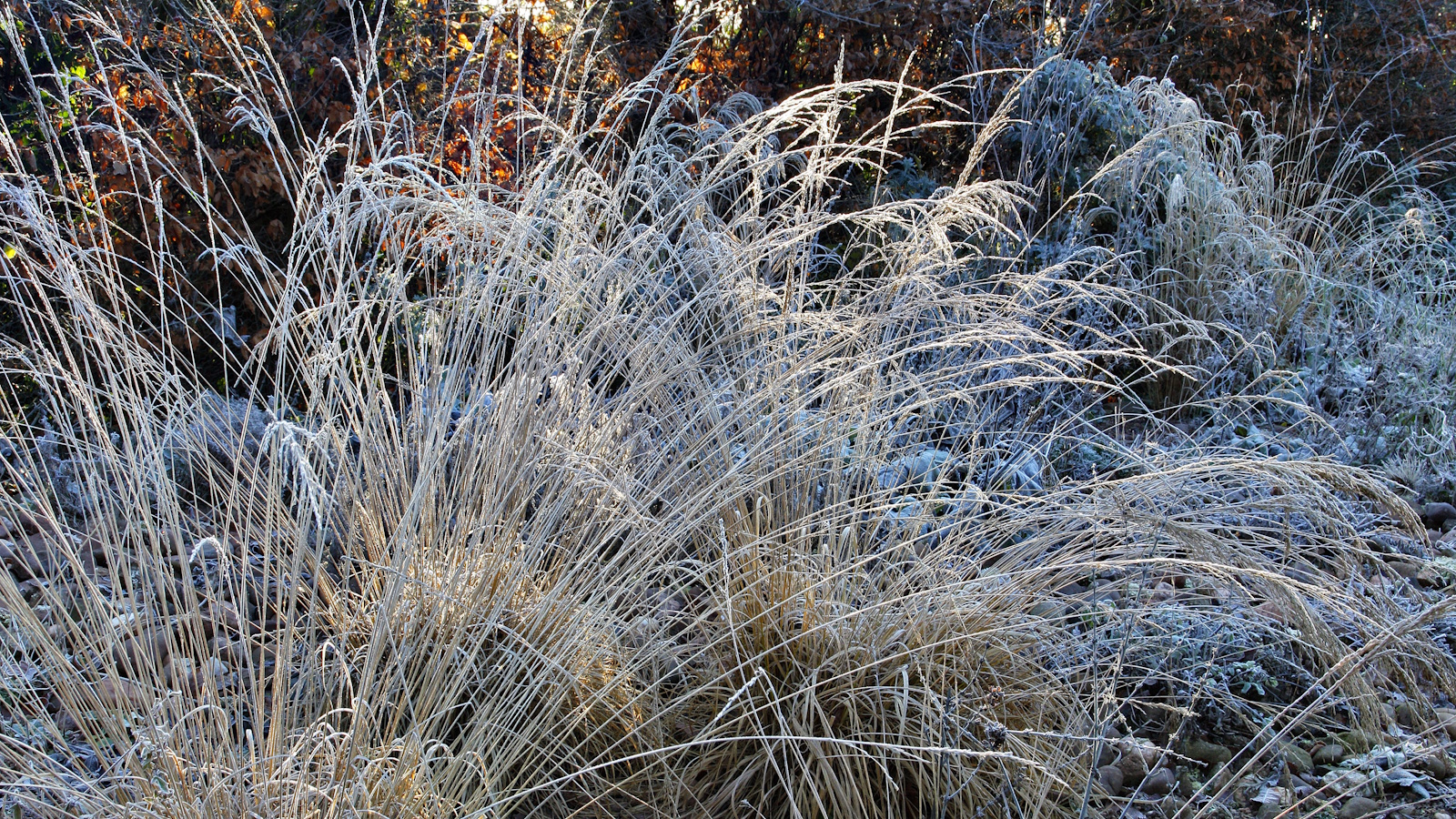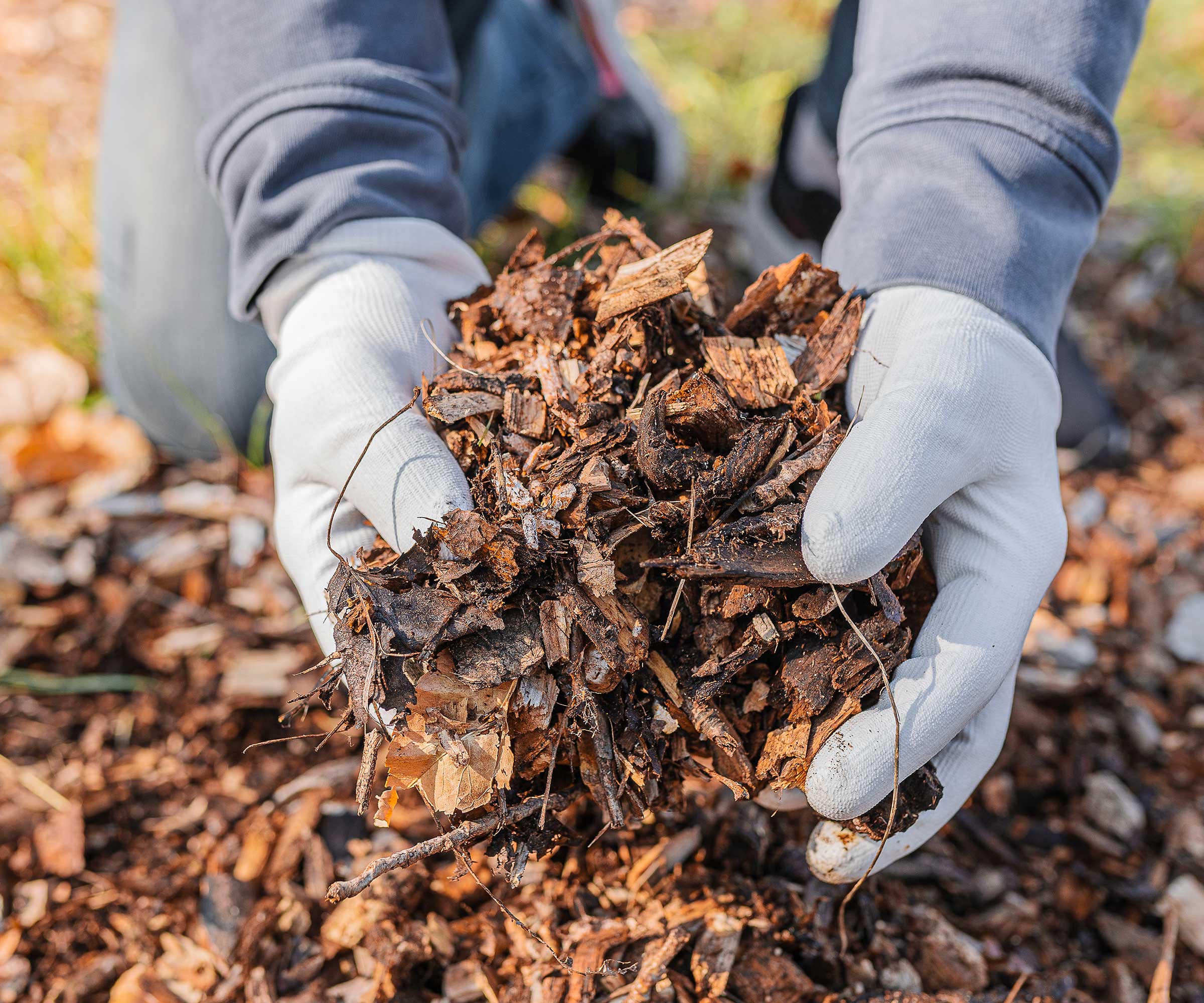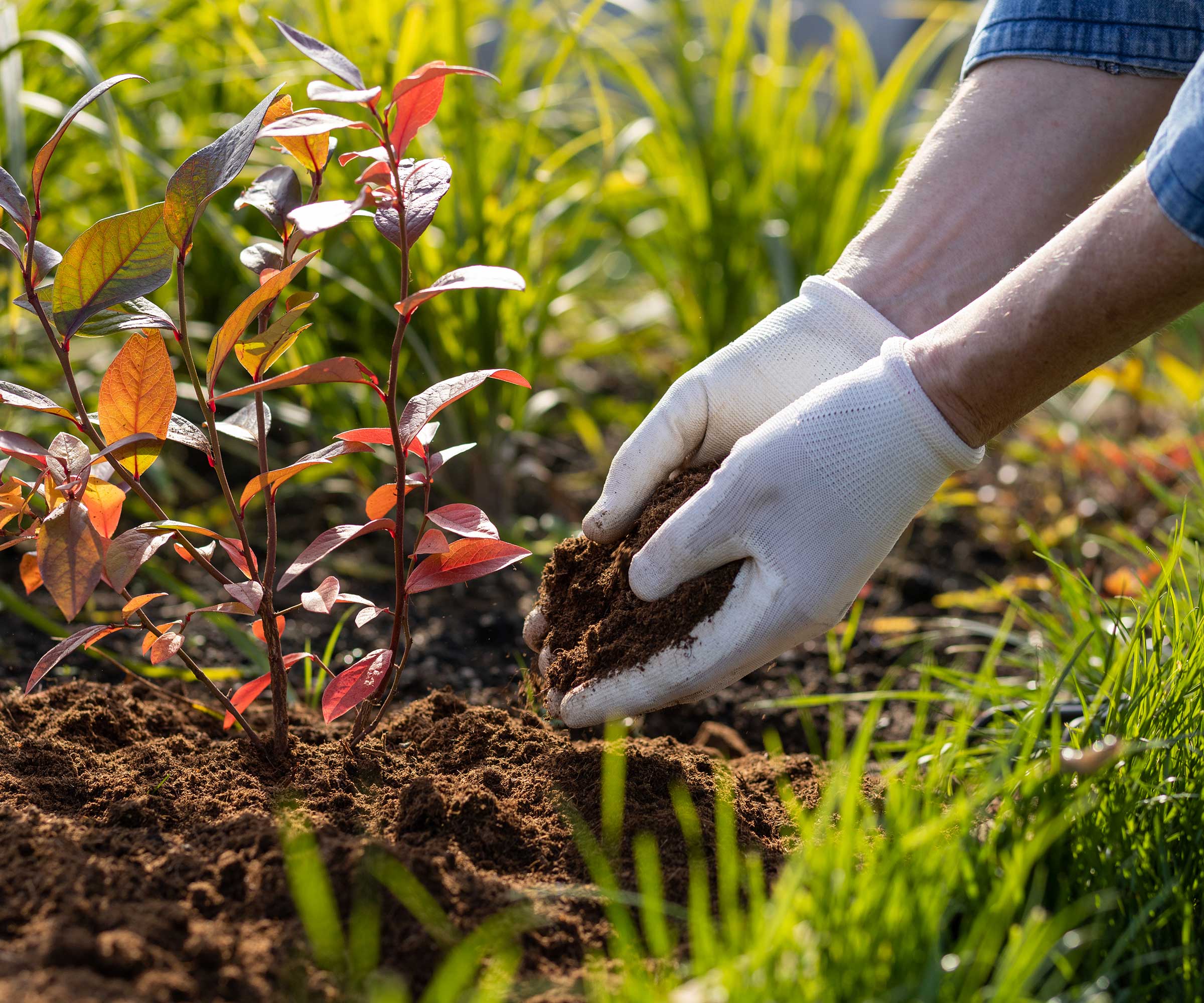I Asked Professional Gardeners What's The Single Most Important Task to do in November, and They All Said the Same Thing
Here's a clue – it's vital for spring soil health


Fall can feel quite overwhelming for us gardeners. There's so much to do before the frostiest temperatures arrive, and it can be hard to know what to prioritize. If you find yourself stretched for time, don't fret. I asked two professional gardeners what the single most important task is to do this month, and they both said one thing: November mulching.
Mulching is important for many reasons. It provides plants with insulation for winter, but it can also do a lot for soil health. The latter is what the experts highlighted when discussing November mulching. This month provides a last opportunity to cover bare soil with a layer of organic matter to protect it from winter damage, including erosion. The good news is that materials are abundant for mulching at this time of year.
Here's what the experts say about the importance of November mulching, plus some tips on how to do it correctly before the depths of winter arrive.
Why is November Mulching Vital for Soil Health?

You may already be aware of how mulching can protect plants from frost, as it insulates plant roots and retains moisture to keep them healthy through winter. But the experts highlight the importance of November mulching as the last chance in the year to protect the health of your soil.
'Mulch your beds to prevent erosion of your soil,' says Anna Hackman, a Rutgers Master Gardener and owner at The Naked Botanical.
The wet and windy conditions of winter can impact the structure of your soil, eroding it, as Anna notes. Freeze-thaw cycles can likewise break down soil structure, and exposed topsoil is even susceptible to washing away.
This isn't good news for your plants, as it can remove essential plant nutrients, hinder soil quality, and stunt growth. It may also expose plant roots to the elements, risking issues of wind rock, root rot, and other damage.
Design expertise in your inbox – from inspiring decorating ideas and beautiful celebrity homes to practical gardening advice and shopping round-ups.
'I never leave any soil uncovered going into the winter for this reason,' Anna says.
'November mulching also adds nutrients to the soil as it breaks down over the winter, and gives beneficial insects a place to overwinter so they are ready for the spring,' says Lindsey Chastain, homesteader and founder at The Waddle and Cluck.

Anna Hackman has been an avid gardener for over 18 years and has penned the garden blog, Green Talk. She is a retired Rutgers Master Gardener and runs a farm called The Naked Botanical, which grows and makes herbal products, including herbal teas, simple syrups, elderberry tonics and more.
Pro Gardeners' Tips on Mulching in November

There are lots of fall mulching materials readily available in November, from fallen leaves to homemade compost.
'If you have trees, you have free mulch,' says Lindsey. 'Pile a bunch of leaves in a barrel and chop them up with the weed trimmer or go over piles with your lawn mower. You can then add three or four inches of your leaf mulch on your beds.'
'You can also use wood mulch, straw, pine needles, or old plant material,' says Anna. Just make sure any plant material you use isn't diseased, which should be disposed of.
A word of warning when November mulching. 'Don't let the mulch get overly wet and clumpy. This can lead to mold or fungal issues in your soil,' says Lindsey.

Lindsey Chastain, a dedicated homesteader and skilled writer, is the driving force behind The Waddle and Cluck, a platform that celebrates sustainable living, gardening, and responsible farming
There are other tools and materials to help you mulch and protect your plants in late fall. For example, you can use mulching mats, like this burlap sheet from Walmart and these recycled rubber mulch mats from Amazon.

Tenielle is a Gardens Content Editor at Homes & Gardens. She holds a qualification in MA Magazine Journalism and has over six years of journalistic experience. Before coming to Homes & Gardens, Tenielle was in the editorial department at the Royal Horticultural Society and worked on The Garden magazine. As our in-house houseplant expert, Tenielle writes on a range of solutions to houseplant problems, as well as other 'how to' guides, inspiring garden projects, and the latest gardening news. When she isn't writing, Tenielle can be found propagating her ever-growing collection of indoor plants, helping others overcome common houseplant pests and diseases, volunteering at a local gardening club, and attending gardening workshops, like a composting masterclass.